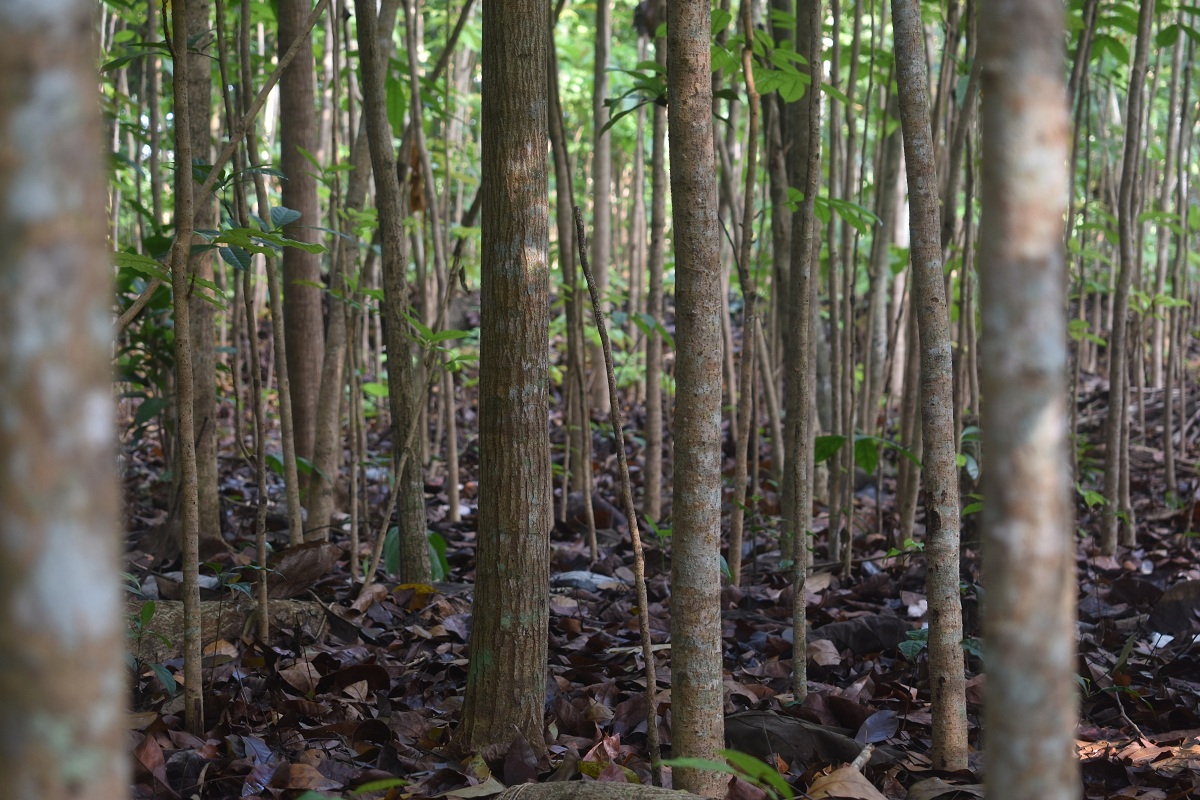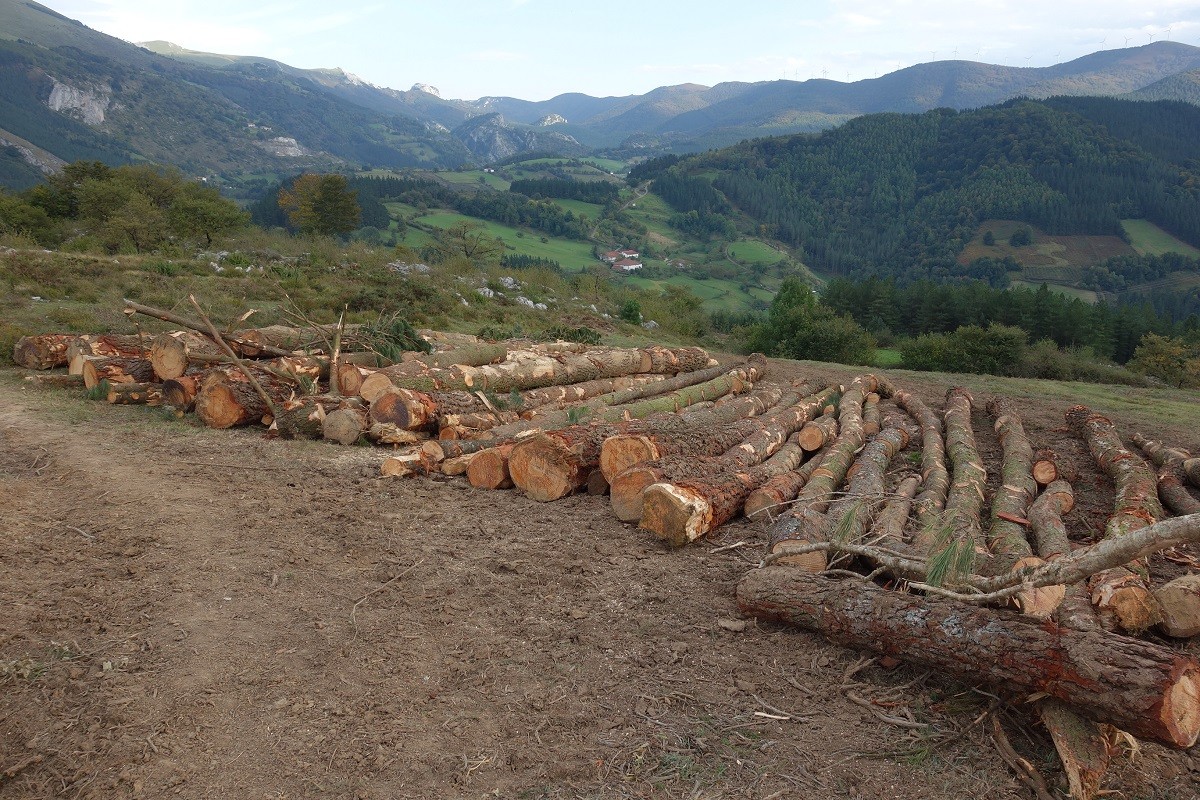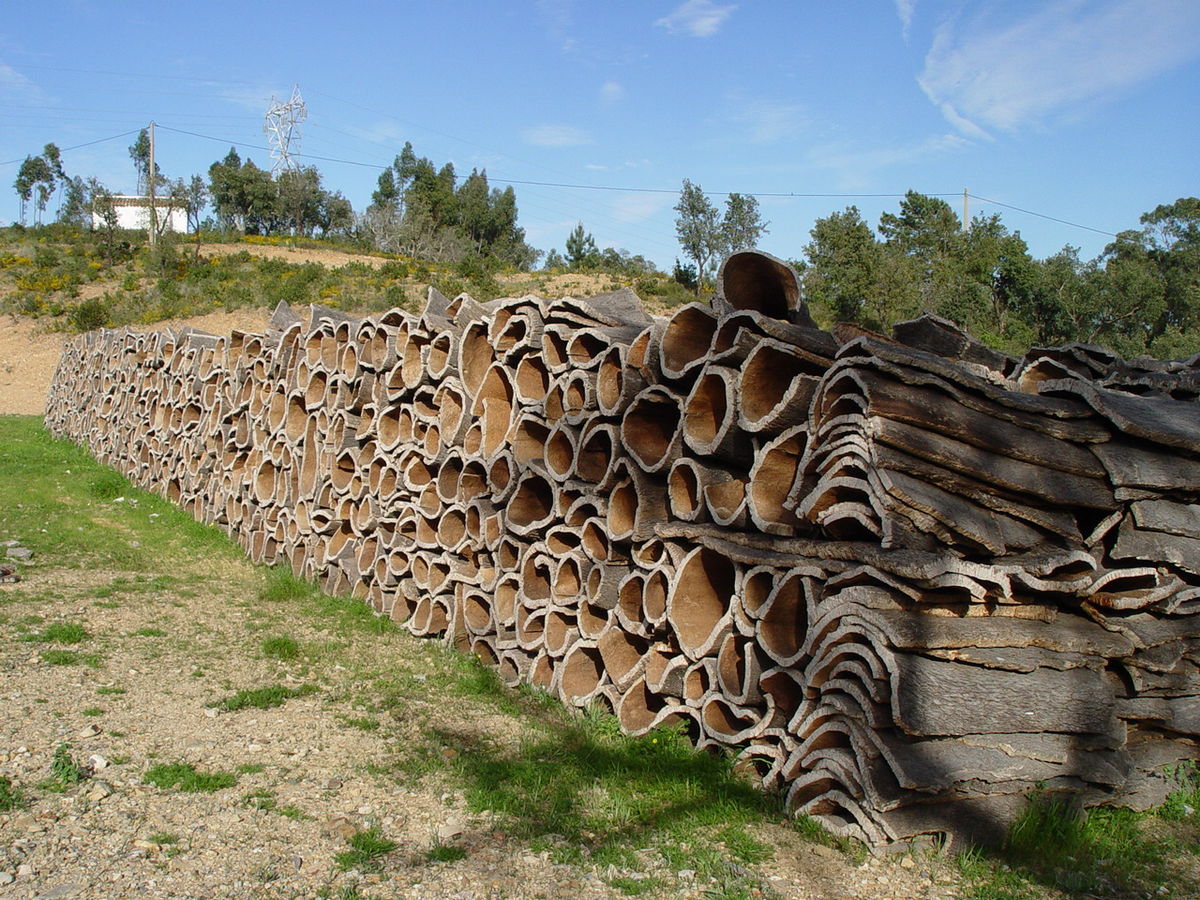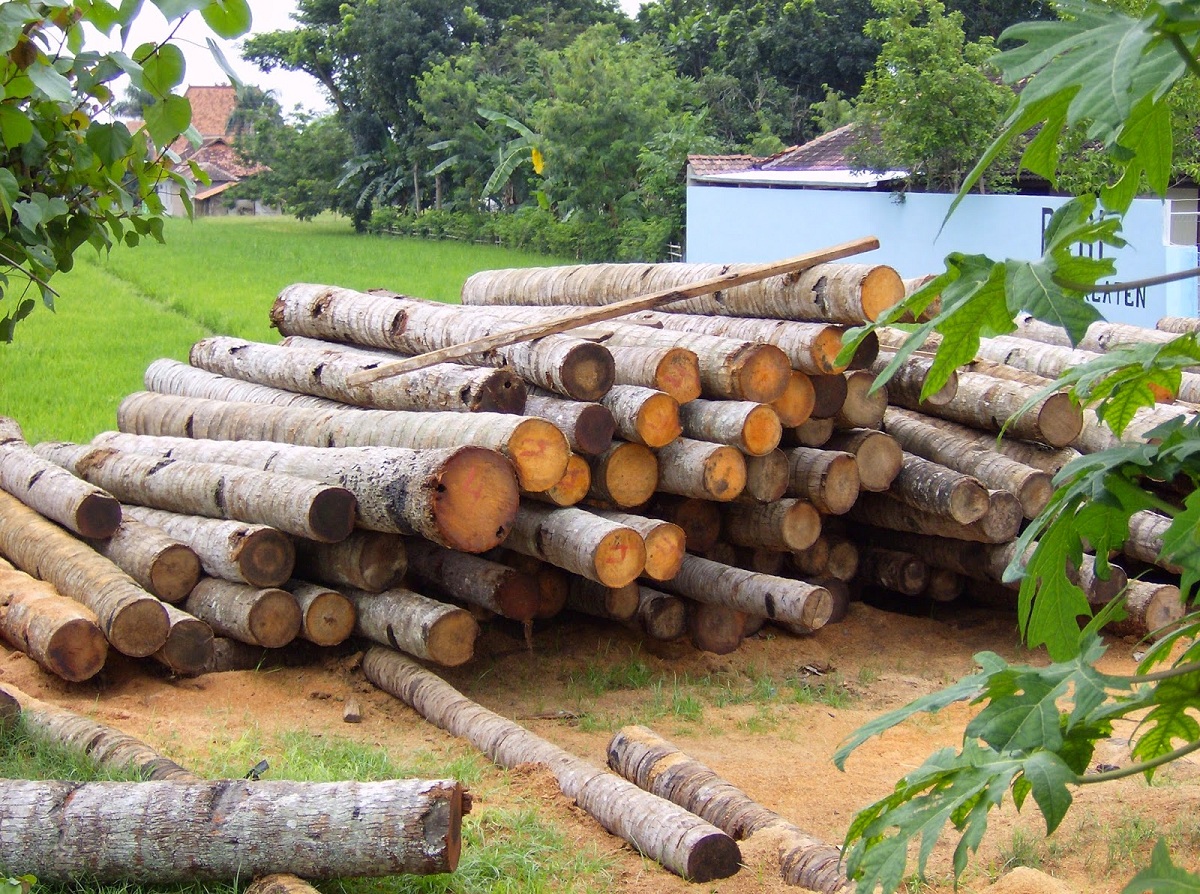
When talking about forest exploitation, reference is made to the forestry. It is a science close to agriculture although it is not so widespread. It is responsible for the maintenance of crops and forests. Forestry also has as its main objective the conservation of the natural environment by improving the environmental quality and the production of pastures for livestock.
In this article we are going to tell you everything you need to know about forestry and its importance for the conservation of nature.
What is forestry

When we speak of forestry we do not refer to that activity that is responsible for the cultivation and maintenance of forests. Its main objective is the conservation of the natural environment through the cultivation of forests, improves environmental quality and the production and maintenance of pastures for livestock. In our country, forestry generates quite large wood and cork exploitations without damaging natural ecosystems.
Among the activities that forestry encompasses we find the planting, maintenance and exploitation of forest crops from which the forests and mountains expand. For practical purposes it is considered as a familiar science along with agriculture although it has certain differences. The first and big difference is the production methodology. While agriculture requires fruits and crops in just months and large-scale production, forestry has results after dozens of years. These amounts of time can vary depending on the species that are cultivated.
Obviously, depending on the climates and ecosystems that we choose to be able to cultivate species, it may take more or less to have this natural resource available. Species that generate organic soil are also used for potential reforestation of forests.
The forestry activity includes some activities such as cultivating forests with different treatments and techniques. It is sought that the maintenance and use of materials and natural resources is done in the most optimal and least harmful way for the environment. This is how forestry manages to establish a good relationship between well-being and productivity in different forest ecosystems. Not only do we manage to take care of the environment and conserve natural resources, but we also get economic benefits from it.
What is it for
The main utility of forestry is the management of forests and woodlands. With this maintenance and care, various services demanded by society can be permanently produced. Ecosystem services are those that offer natural systems and that provide some environmental and economic benefit. The management of forests and woodlands is based on the principles of environmental sustainability both of the quality of the ecosystem and of the natural assets. To do this, they use various treatments and tools that allow the use of the crop for different purposes and over a long period of time.
Each type of crop has as its main objective an established function. Therefore, the forester will focus on exploiting each of the functions to optimize results and benefits. For example, wood, firewood or fruits and other materials can be obtained from crops.
At the end of the day, the ultimate goal of forestry will always be to use the available forest space in order to grow trees from which some benefit can be obtained. From these trees you can extract wood, cork or paper. It must be taken into account that production times can be very long depending on the type of crop that is being propagated. Some of the ecological objectives that forestry allows are the production of several crops in the long term in order to establish a certain balance between the biological, ecological and economic needs of the crop. This is how the continuous renewal of its resources is guaranteed.
This means that overexploitation of resources will not be allowed. That is, resources will never be extracted from crops at a faster rate than can be regenerated naturally.
Types of forestry

There are numerous types of forestry depending on the territory and the needs of each region. Let's analyze the different types:
- Intensive forestry: It is the one that uses different techniques to be able to guarantee a higher productivity of the forest area that is dedicated to cultivation.
- Extensive forestry: is in charge of carrying out activities in some places that include environmental, economic and social activities. With this practice, it is possible to create awareness about the protection of the environment in cultivated areas, as well as in the rest. In addition, they also offer some services to the population such as tourism and environmental education. In this way, the production and maintenance of forests is guaranteed in a sustainable way over time.
Advantages and disadvantages
Among the main advantages we find the reforestation or afforestation of areas that initially had few trees. It is also used to recover those desert areas. It is part of a source of life for many plant and animal species. This is how a great ecosystem with good health is created.
It helps with various environmental benefits as it can purify the air better by photosynthesis by plants. It also fed rivers and supplied different areas with drinking water.
However, it can have some disadvantages. Mainly these disadvantages arise when forestry is not managed correctly. If this is not done correctly, it is easy to harm the environment and endanger animal and plant species. The human being can lead to major imbalances in natural ecosystems as a result of mismanagement. For example, it can damage the ecosystem through excessive logging, planting of incompatible and / or invasive species, etc.
As you can see, forestry is a perfect tool to take advantage of the most degraded areas and give it a social, economic, and environmental use. Thanks to this practice, it is possible to revalue nature and learn the values of resource conservation.
I hope that with this information you can learn more about forestry.
